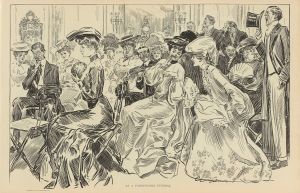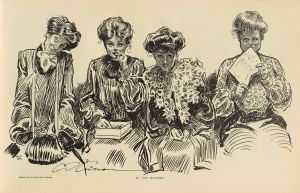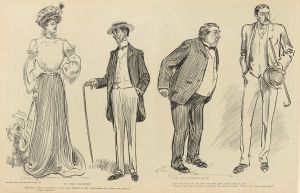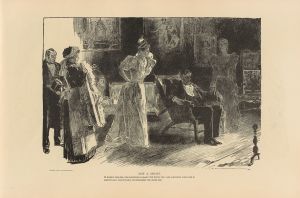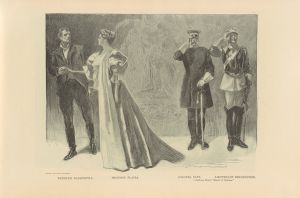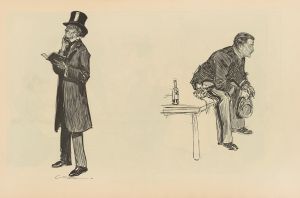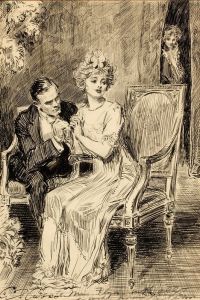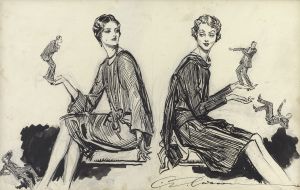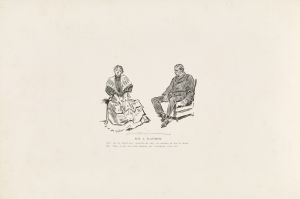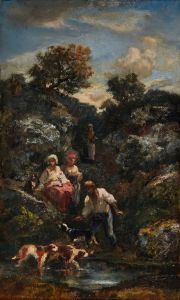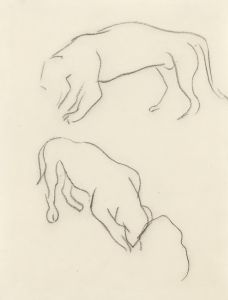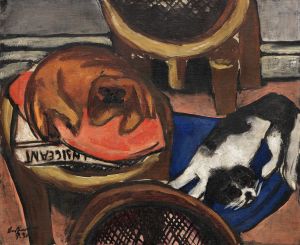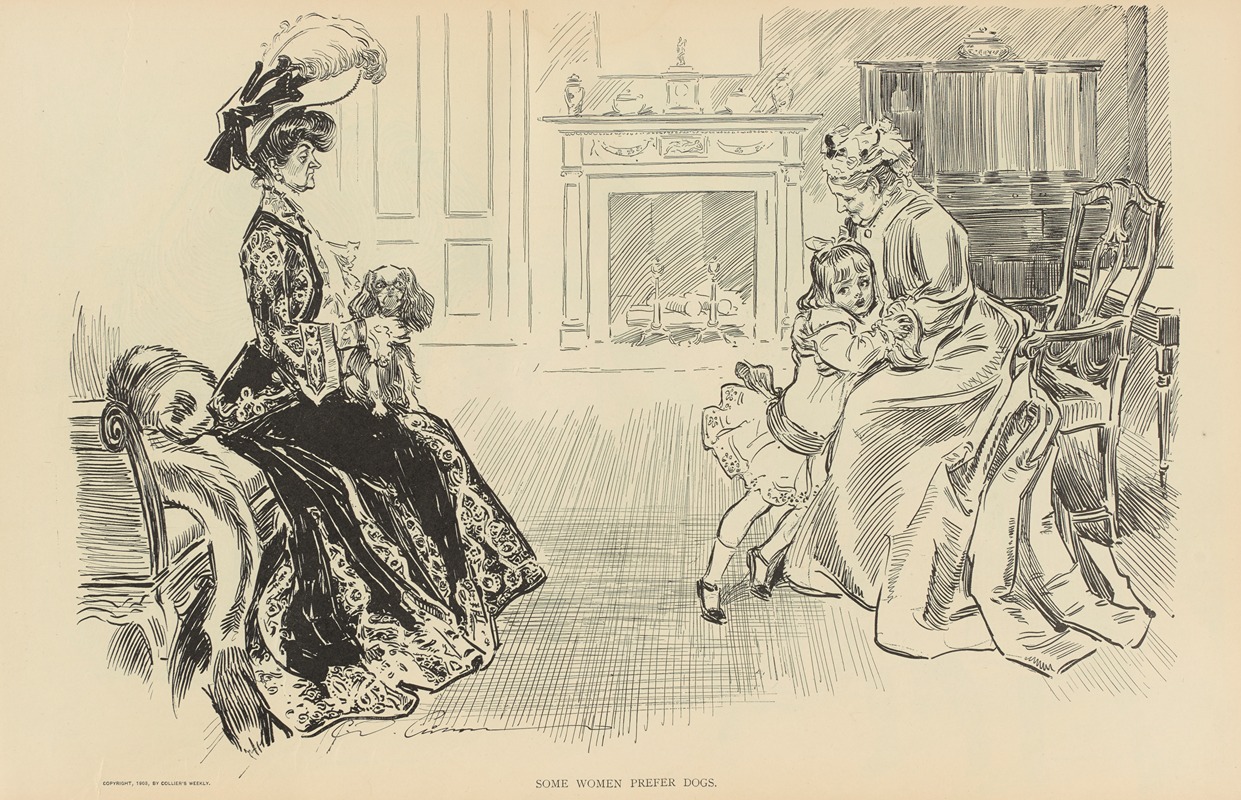
Some women prefer dogs
A hand-painted replica of Charles Dana Gibson’s masterpiece Some women prefer dogs, meticulously crafted by professional artists to capture the true essence of the original. Each piece is created with museum-quality canvas and rare mineral pigments, carefully painted by experienced artists with delicate brushstrokes and rich, layered colors to perfectly recreate the texture of the original artwork. Unlike machine-printed reproductions, this hand-painted version brings the painting to life, infused with the artist’s emotions and skill in every stroke. Whether for personal collection or home decoration, it instantly elevates the artistic atmosphere of any space.
Charles Dana Gibson was an influential American illustrator, best known for his creation of the "Gibson Girl," a representation of the idealized American woman at the turn of the 20th century. His work was widely published in magazines and became a significant part of American popular culture during that era. One of his notable illustrations is titled "Some Women Prefer Dogs."
"Some Women Prefer Dogs" is a pen-and-ink drawing that exemplifies Gibson's characteristic style, which combines elegance, wit, and social commentary. The illustration typically features a sophisticated woman, often depicted in fashionable attire, accompanied by a dog. This piece, like many of Gibson's works, reflects the social dynamics and cultural attitudes of the time, particularly in relation to gender roles and societal expectations.
Gibson's illustrations often explored themes of femininity and the evolving role of women in society. The "Gibson Girl" was portrayed as independent, confident, and socially active, which was a departure from the more traditional and domestic roles women were expected to occupy. In "Some Women Prefer Dogs," Gibson humorously suggests that some women might find companionship and loyalty in dogs rather than in men, subtly critiquing the relationships between men and women during that period.
The drawing is executed with Gibson's signature technique, using precise lines and careful shading to create depth and texture. His ability to capture expressions and body language adds a layer of narrative to the image, allowing viewers to infer the emotions and thoughts of the characters depicted. This skillful artistry contributed to the widespread appeal of his work.
Gibson's illustrations were published in popular magazines such as Life, Harper's Weekly, and Scribner's, reaching a broad audience and influencing public perceptions of beauty and fashion. The "Gibson Girl" became a cultural icon, representing the modern American woman and setting trends in fashion and lifestyle. "Some Women Prefer Dogs" fits within this context, offering a glimpse into the societal norms and humor of the early 1900s.
While specific details about the publication history or reception of "Some Women Prefer Dogs" are not extensively documented, it remains a part of Gibson's larger body of work that continues to be studied and appreciated for its artistic merit and cultural significance. Gibson's influence extended beyond illustration, impacting advertising, fashion, and even the suffrage movement, as the "Gibson Girl" became a symbol of female empowerment.
In summary, "Some Women Prefer Dogs" is a representative example of Charles Dana Gibson's work, showcasing his talent for illustration and his ability to comment on social issues with humor and insight. Through this piece, Gibson contributed to the dialogue about gender and relationships in the early 20th century, leaving a lasting legacy in American art and culture.






